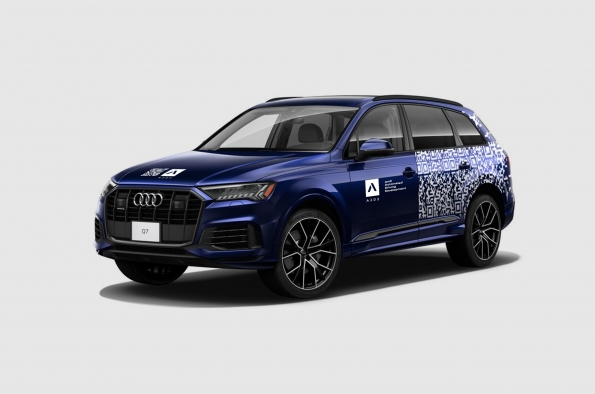window.dataLayer = window.dataLayer || []; function gtag(){dataLayer.push(arguments);} gtag('js', new Date()); gtag('config', 'G-0RQ7VDBZ87');

The Audi Automated Driving Development (A2D2) Research & Development center has officially opened in San Jose. This brand-new complex hosts a fleet of self-automated vehicles, and the research team is entirely focused on self-driving technology for the North American market.
According to a press release from Audi, the development team plans to hire up to 60 engineers to work at the new R&D center; the engineers will oversee artificial intelligence and software development. There will also be a team that focuses on collaboration efforts with Silicon Valley startup companies.
“Given the rapid advancement of driver assistance technologies in North America, it’s important to be part of the latest breakthroughs, work with leading edge of technology startups, and attract the top talent,” said Frank Grosshauser, senior director, ADAS, Audi of America.
Just a few years ago, self-driving cars seemed like a far-fetched idea. But automakers have taken enormous strides as of late, which is why you can hop on YouTube and see videos like this one from a self-driving Tesla.
Those who are resistant to the idea of completely autonomous vehicles have the right to be skeptical. We are still in the infancy stages of learning how this technology can work, and it almost seems like a recipe for more accidents to occur.
Furthermore, regulating self-driving vehicles in a country as massive as the United States presents its own challenges. But it’s a test that Audi is willing to meet head-on with an eclectic group of talented individuals.
The 2019 Autonomous Vehicles Readiness Index Report from KPMG listed the United States at number four, trailing Norway, Singapore, and the Netherlands. That’s why it’s important to note that this new R&D facility is focused on self-automated technology for North America.
Audi’s team of engineers will be working with a fleet of Audi Q7 development vehicles, each with roof-mounted sensor kits. These sensor kits collect data in real-time, so they can perfect the software to work with North American roads and driving behaviors.
Even though the world of autonomous driving can seem new and scary, it is the way of the future. Having a team of engineers working around the clock to perfect the technology can end up saving lives, especially if self-driving cars are the future. Having these vehicles on the road eliminates human error behind the wheel, which is a win for everybody.
For that, Napleton News is excited about the work that Audi is doing in Silicon Valley with the A2D2 office.
This post was published on June 23, 2020
Napleton News presents the Toyota 4Runner Video Review The Toyota 4Runner has amazed those in… Read More
Volkswagen Atlas Review and walkaround video The new Volkswagen Atlas full sized SUV is a… Read More
The 2024 Kia Sorento Hybrid is the best of several worlds. It’s a family SUV.… Read More
The Subaru Crosstrek started as a gimmick for the brand, but quickly became one of… Read More
Its parent company has a long history of building strong, potent and powerful vehicles for… Read More
There are many cars on the road today like the Cadillac CT4-V. But the question… Read More